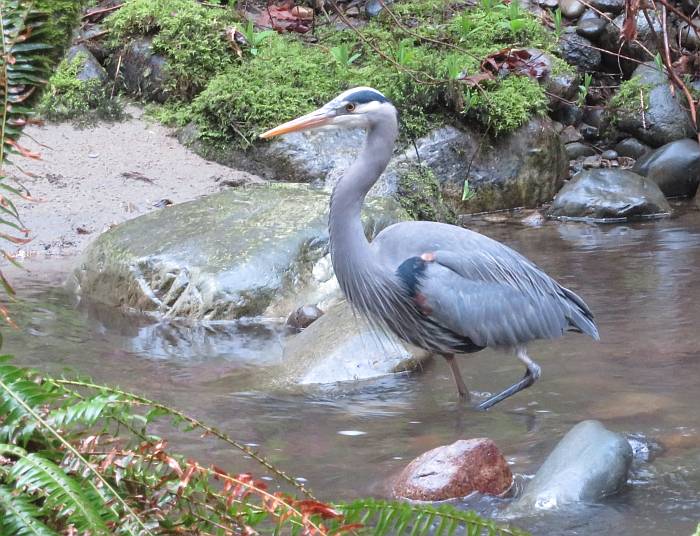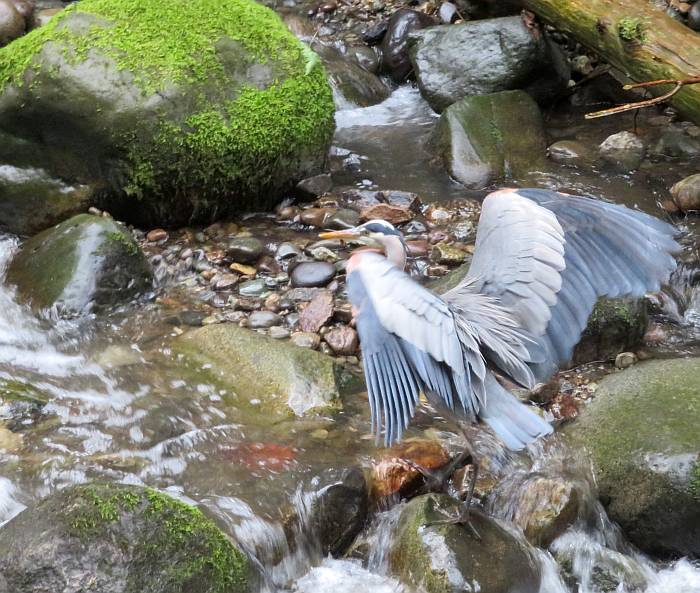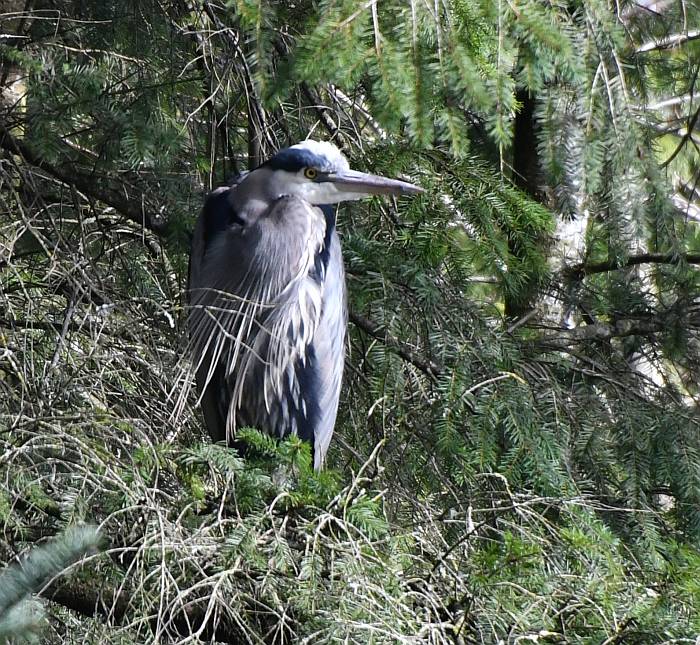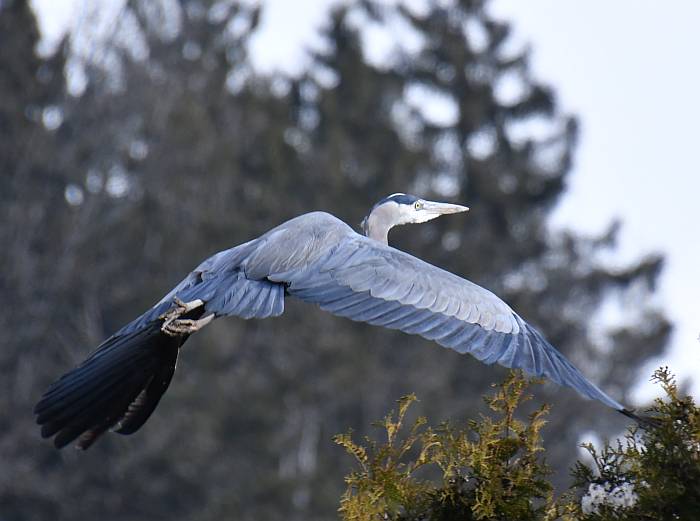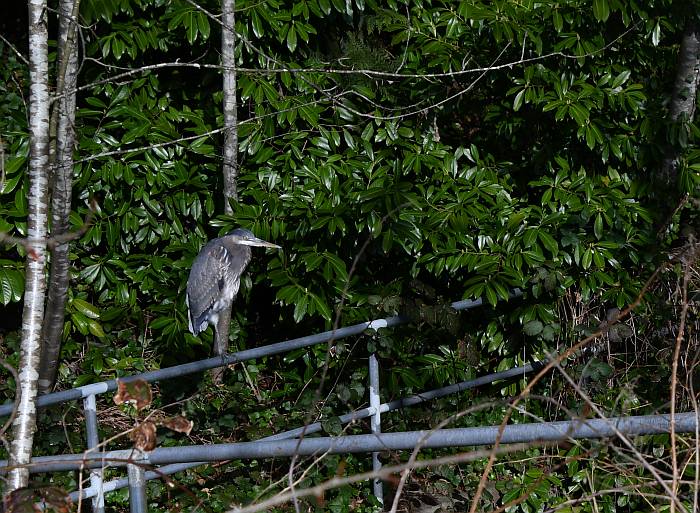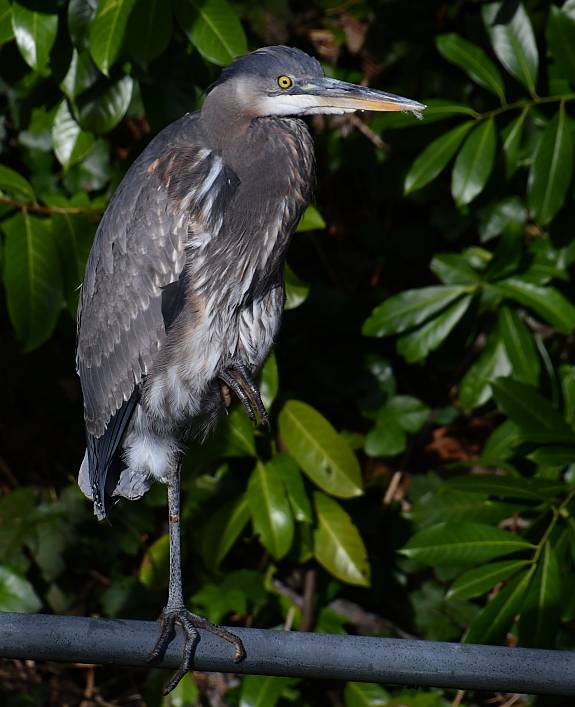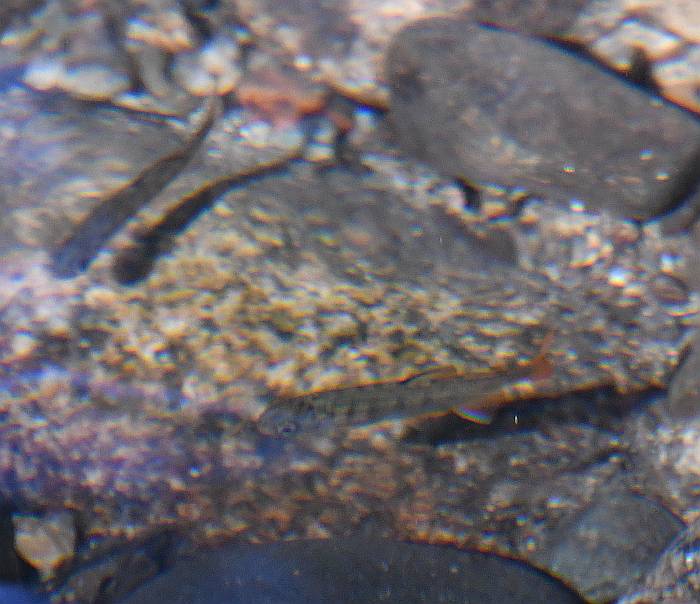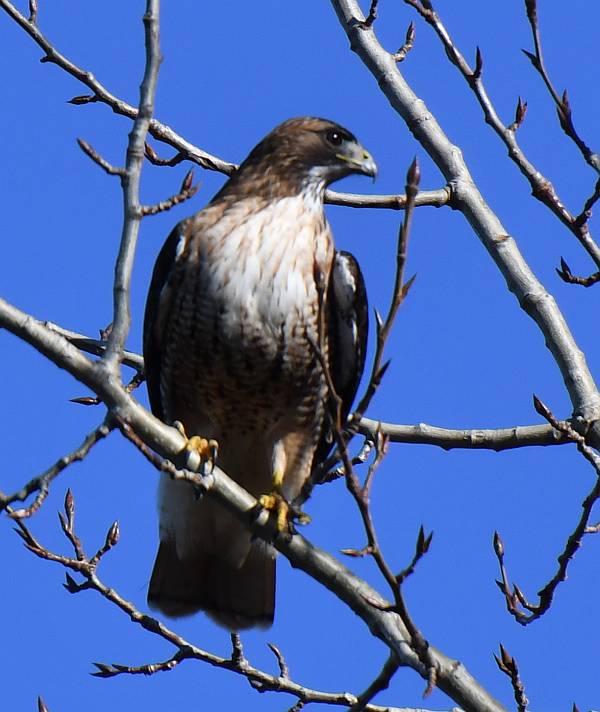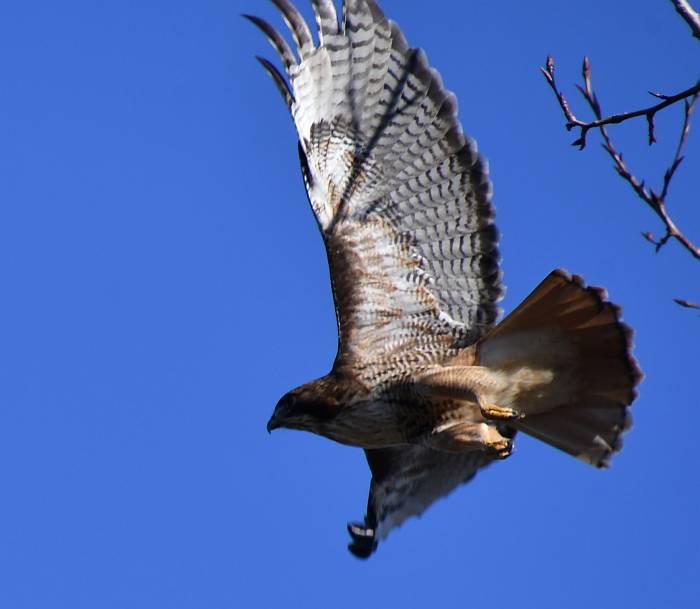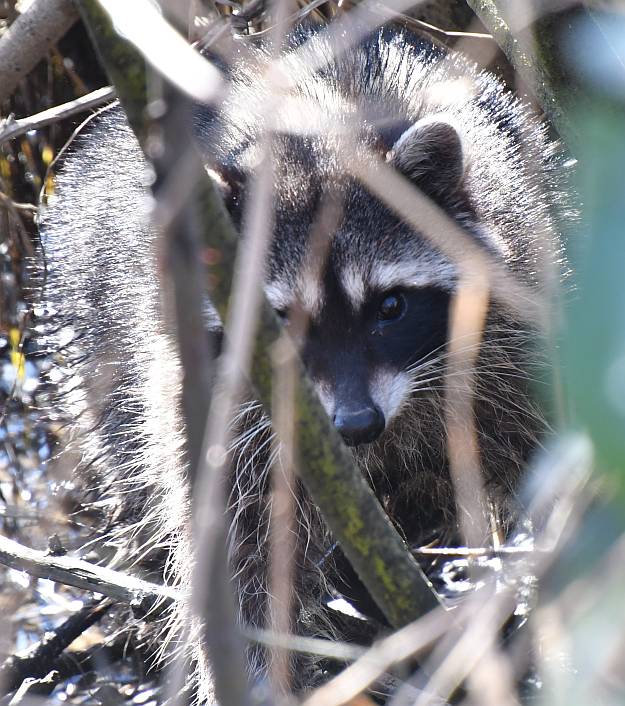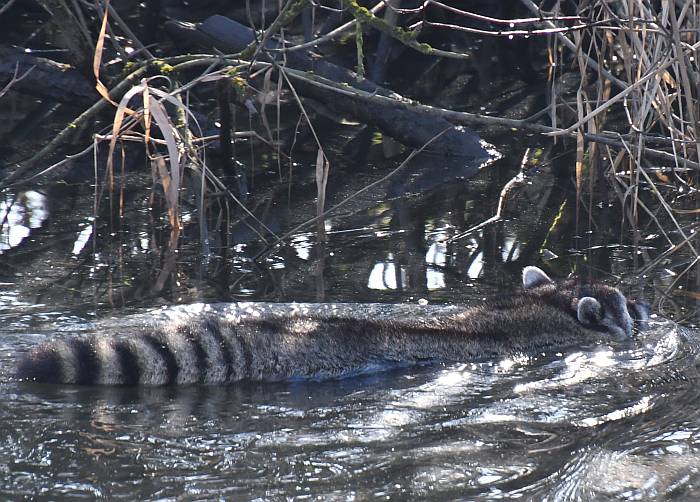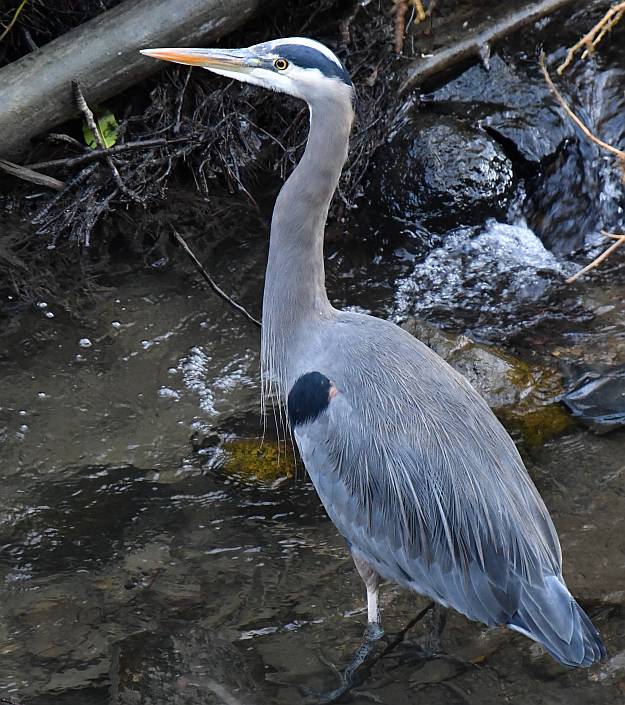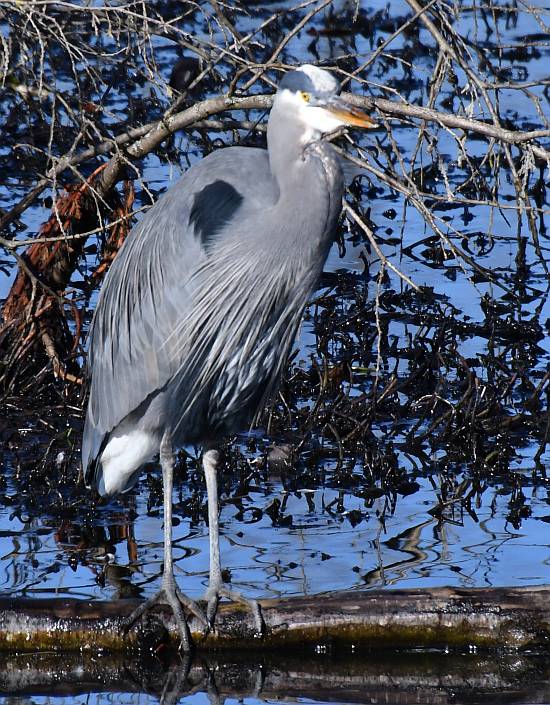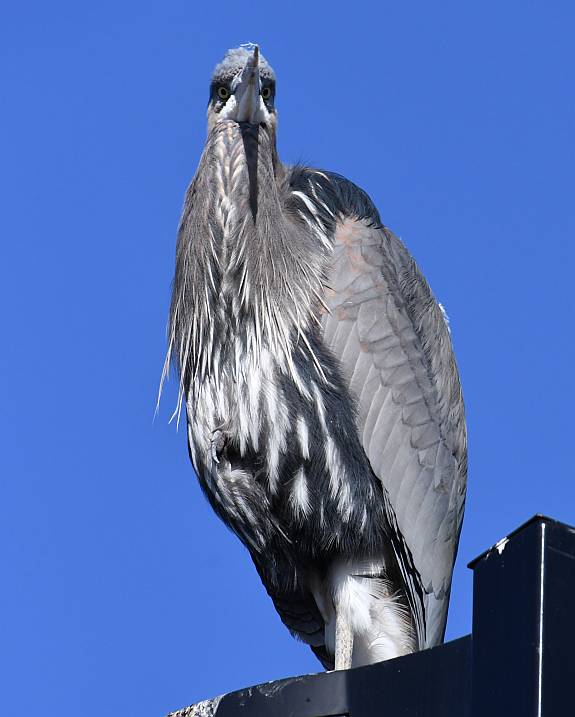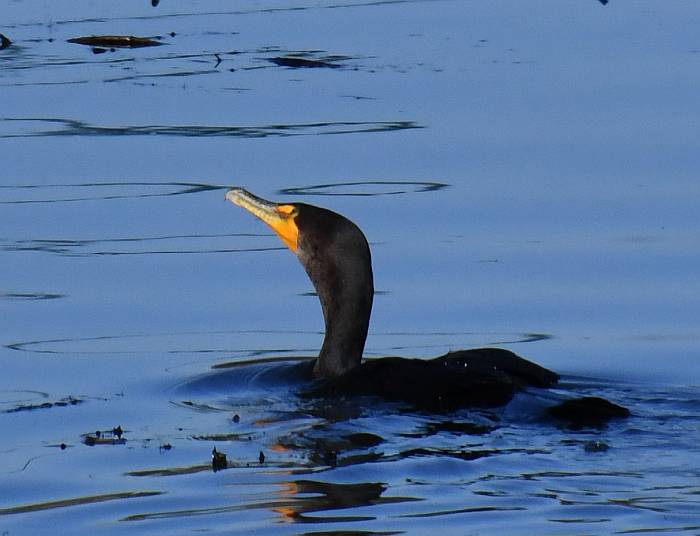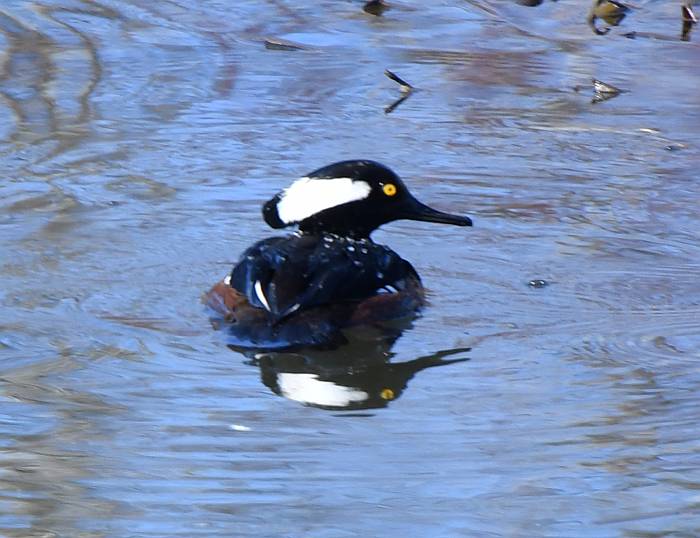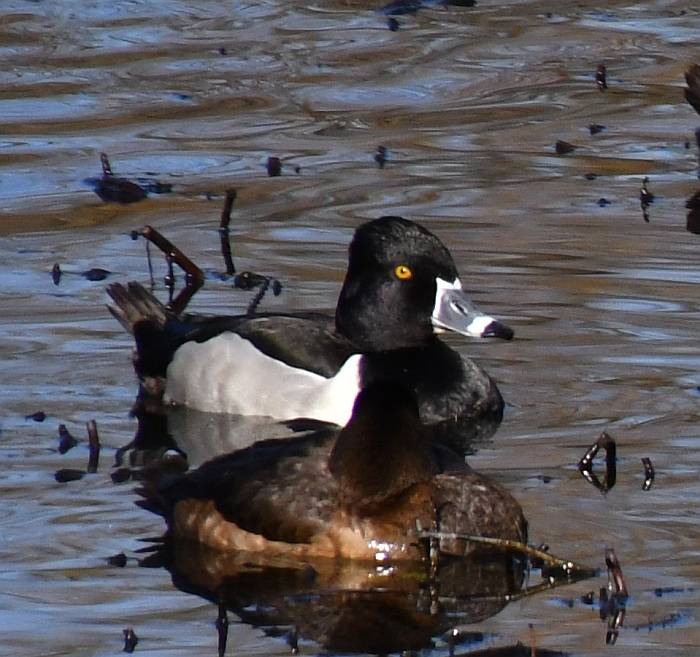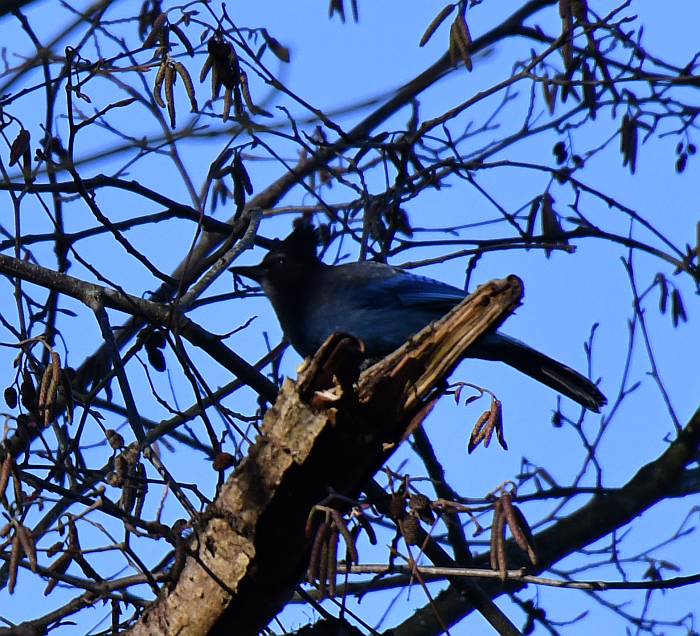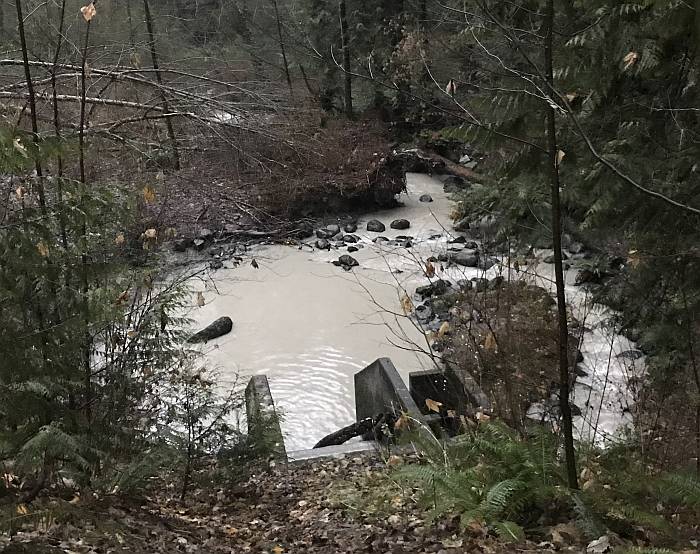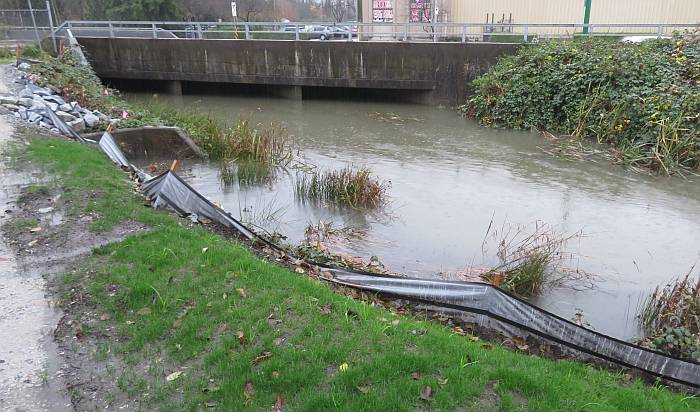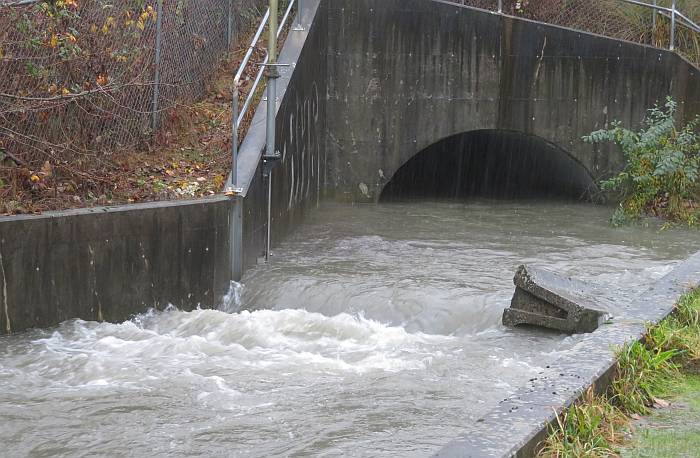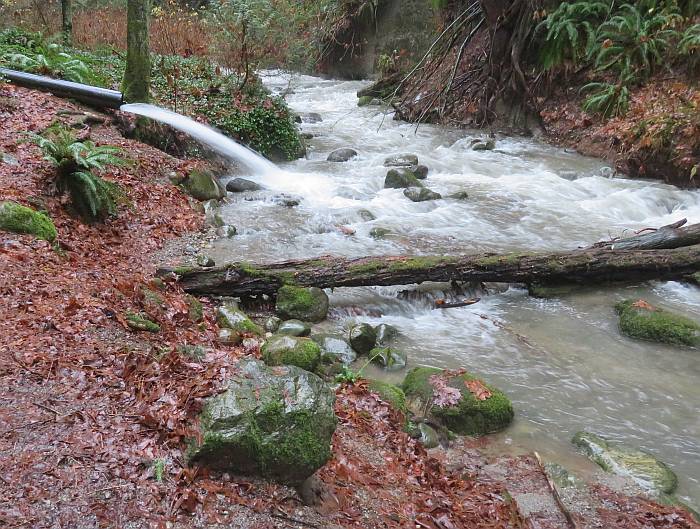We, well, Yumi, processed two very mushy Coho salmon spawners that we found in the overflow pond in the artificial spawning habitat on Byrne Creek in SE Burnaby, BC, today.
Though they were well into decomposition, we “processed” them anyway, and did not find any eggs in the female, or milt in the male, so they likely spawned. Yay!
Streamkeepers have permission and training to assess spawned salmon. We ID them, measure them, sex them, and then cut the carcasses in half and return them to the creek where their nutrients will help foster new life.
The spawning season is winding down on the creek. It was a strange season, with spawners showing up late, and Chum in much lower numbers than usual. But as the season progressed, we were happy to see more Coho showing up.
Today we also saw half a dozen live Coho, and lots of Cutthroat Trout.
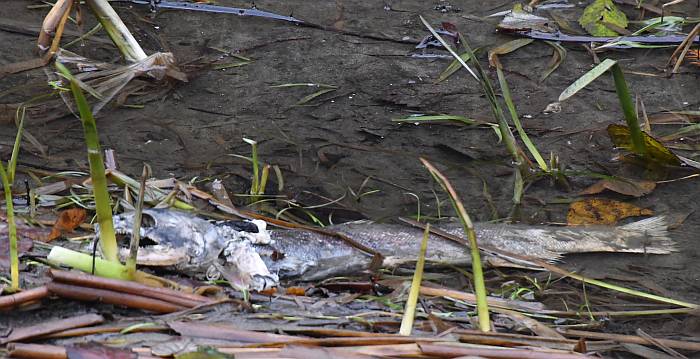
This was the female, you can see her abraded tail fin with which she dug a redd, or nest, in gravel and cobble in which to deposit her eggs.

The male.
